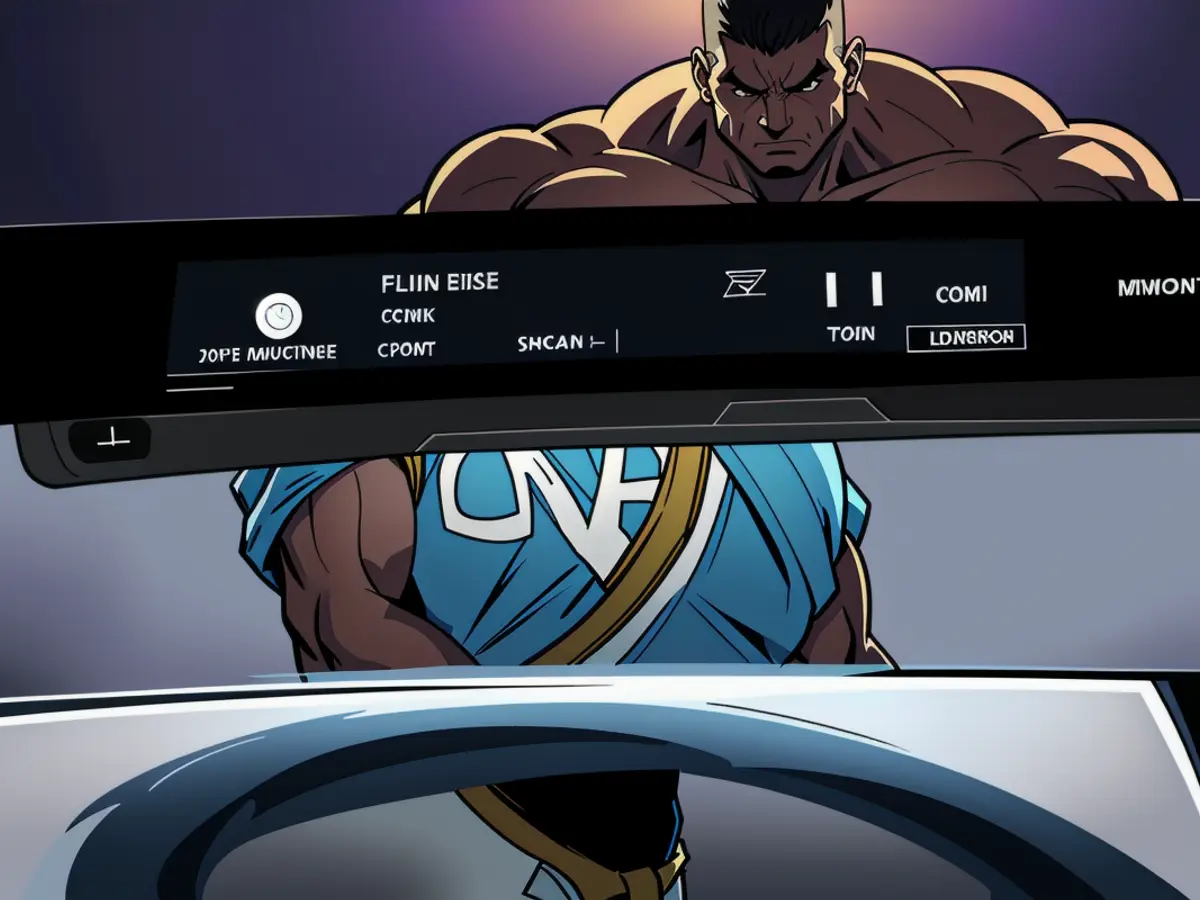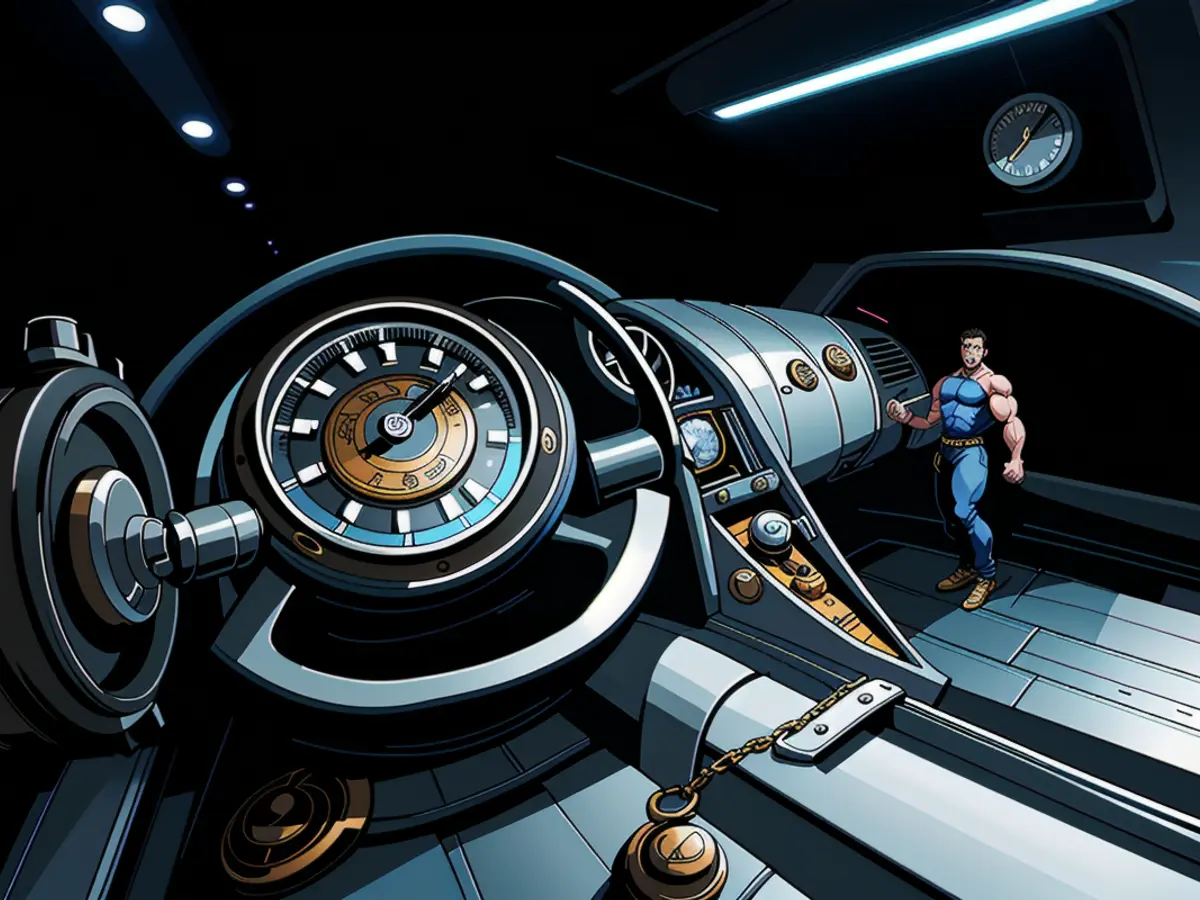Modern Cars: The Return of Buttons and Knobs
Returning to traditional button and key input instead of displays and voice control.
In the world of vehicles, seamless digital interfaces are the norm - car functions can be controlled via displays, voice commands, and gesture recognition. But it seems that the tactile charm of traditional controls is making a comeback. Here's why the pendulum is swinging back to buttons and knobs.
With ever-increasing digital offerings, the risk of distraction on the road increases accordingly. As Professor Dieter Nazareth, head of the automotive informatics program at the University of Landshut, explains, "With too many digital features, the number of control elements in the vehicle rises, leading to complexity." This, in turn, can lead to accidents.
The complicated interfaces of many modern cars can often be unfamiliar and confusing, even for experienced drivers. In some instances, finding basic controls like the location of the gearshift lever or the turn signal can be a challenge as they vary between car brands and models.
In the new Tesla Model 3, drivers must adapt to controlling driving modes via the touchscreen or buttons in the roof console, which can complicate the driving experience in roundabouts, where indicating is essential. As Professor Nazareth notes, "Drivers need to be aware of this, as well as knowing that the turn signals are activated via buttons on the steering wheel."
Understanding that a balance of technology and usability is necessary, the Euro NCAP safety consortium announced that it would change its evaluation criteria from 2026 onwards. This change aims to encourage manufacturers to prioritize "separate, physical control elements for basic functions in an intuitive manner." Important control elements like turn signals, hoons, windshield wipers, SOS emergency calls, and hazard warning lights are recommended to be installed as physical buttons once more.

Dieter Nazareth argues that the quality of operation tends to decrease when no haptic buttons are used. With a touchscreen, users may find it challenging to haptically approach a switch element with their finger; instead, they can only attempt to hit it directly from the air. He suggests that blind operation is thus impossible.
It's crucial to minimize distraction while driving, with laws specifically regulating the operation of electronic devices in vehicles. BMW, for example, has opted for a mix of switches, buttons, and a narrow projection in the windshield for its new vehicle architecture "New Class." This design emphasizes important driving information in the driver's field of view and offers additional information as widgets via the projection.
Functionality can still be controlled through the central display, the multifunction steering wheel, voice control, or classic control elements. Jörn Freyer of BMW notes that these traditional controls offer advantages, such as allowing adjustments to seats, headlights, volume, and rear window heating and heating settings with thick winter gloves on.
In the early 2000s, BMW revolutionized the menu navigation in the automotive industry with the introduction of the twist-turn knob "iDrive" to make it easier to manage an increasingly complex menu as car functions greatly expanded. Today, BMW is reducing the number of displays and control elements behind the steering wheel from 35 displays and 65 control elements to 15 and 28 elements.
Pedals remain indispensable in vehicles, as they provide immediate response and fast feedback, essential for time-critical commands. However, there's still great potential in voice control through artificial intelligence, allowing functions to be operated via natural language.

Augmented reality, VR, and flexible displays are likely to develop significantly in the near future, offering more possibilities for displays in vehicles. The future could see mini projectors and flexible displays replacing some of the more traditional controls in cars.
While touchscreens and other displays were introduced largely due to cost-effectiveness, more switches and buttons are a sign of quality and value for some customers. Responding to customer feedback, Volkswagen has reintroduced haptic buttons on the steering wheel of the Golf, Tiguan, and Passat models.
Cars like the Bugatti Tourbillon, priced at 4.52 million euros and already sold out, almost exclusively rely on analog displays, appealing to those who appreciate the timeless charm of traditional controls.
Sources: ntv.de, Fabian Hoberg, dpa
Additional Insights:

- The resurgence of physical buttons and knobs in cars is primarily driven by concerns about safety, usability, and customer feedback regarding touchscreen interfaces.
- Haptic buttons provide tactile feedback, allowing drivers to confirm actions without looking, and can help to minimize distraction while driving.
- Knobs offer a more natural way to adjust settings and provide greater precision control compared to touchscreens.
- Voice commands can be unreliable, particularly in noisy environments or with accents, and may not be suitable for time-critical commands due to processing delays.
- Flexible displays and mini projectors are likely to offer more possibilities for car displays in the future.
The Euro NCAP safety consortium is encouraging manufacturers to prioritize separate, physical control elements for basic functions, like turn signals and windshield wipers, in an intuitive manner starting from 2026. Professor Dieter Nazareth argues that physical buttons offer a better quality of operation and are easier to haptically approach compared to touchscreens. Volkswagen has reintroduced haptic buttons on the steering wheel of several models, responding to customer feedback regarding touchscreen interfaces.







